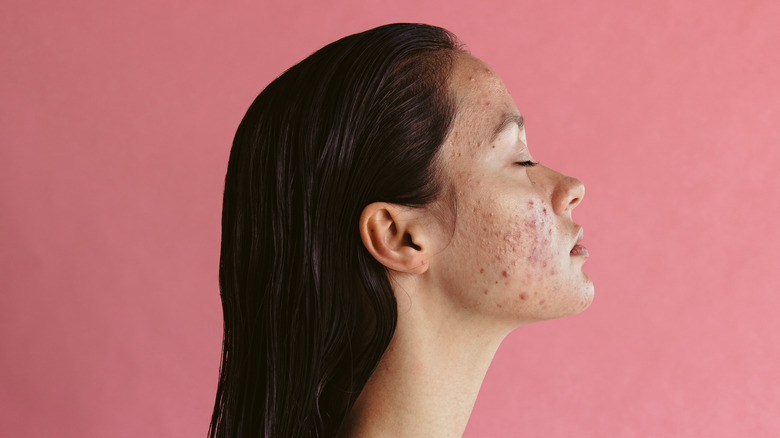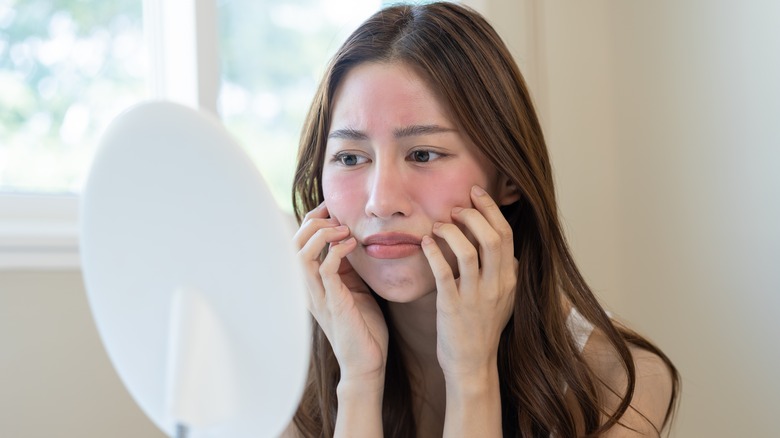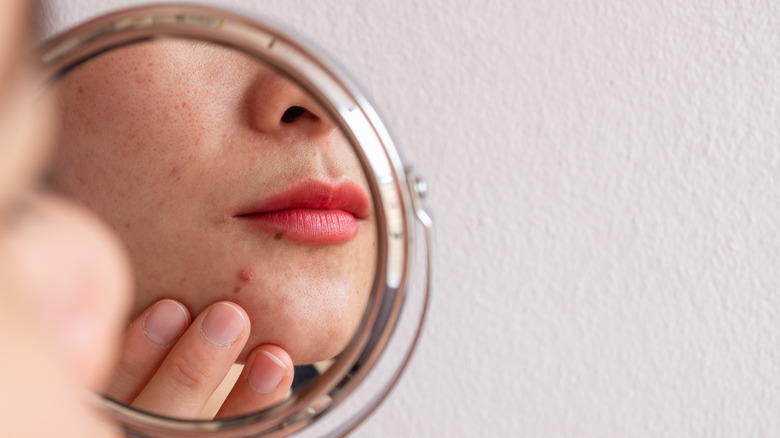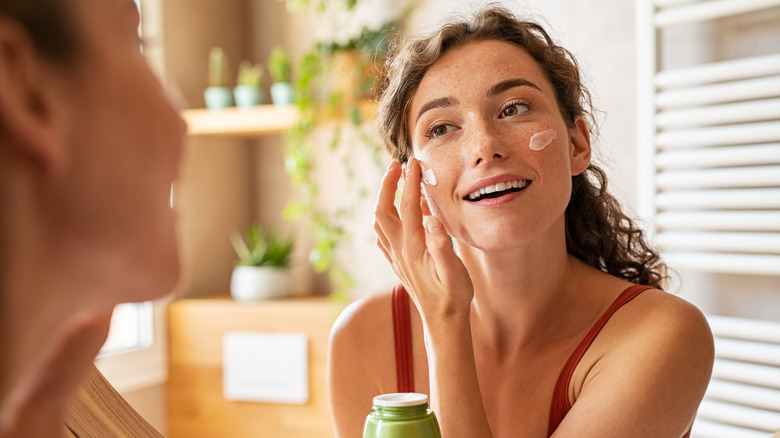The 'Retinol Uglies': What Are They, And How Can You Avoid Them?
Acne is among the most common skin problems worldwide, affecting millions. It occurs across all age groups and usually starts in puberty and can continue into adulthood. Though often the result of fluctuating hormones, other factors that can cause acne include stress, food intake, and genetics. Whatever the cause may be, treating acne can be a long road.
Remedies for the condition range from ointments to chemical peels to laser and light treatments. However, retinol is one of the most widely-known holy grails in fighting acne. Retinol is a form of vitamin A that is often added to skin creams, lotions, and serums. It's been known to treat skin issues such as acne, acne scars, fine lines, dark spots, uneven skin tones, and even keratosis pilaris — otherwise known as "chicken skin" — by promoting enhancing collagen production and promoting skin renewal.
If you practice an in-depth skincare routine, chances are you've heard of retinol.
What are retinol uglies and should you be concerned with it?
If you know about the positive effects of retinol on one's skin, you've probably heard of the dreaded retinol purging — also known as retinol uglies. Skin purging is the skin's temporary reaction to products that promote cell turnover — in this case, retinol — which can make your skin worse before it gets better. It can result in breakouts, flaking, peeling, and dryness. This is normal as retinol rids the skin of everything lurking beneath the surface in the process of bringing about healthy new skin cells.
Don't use retinol every day when first introducing it into your skincare routine if you want to minimize any possible reactions. Rather, incorporate it gradually to help your skin adjust over time. Keep in mind that while the short-term effects may sound awful, they are only temporary, and your skin will heal, looking fresher than before — the payoff is worth it.
How long does retinol purging last?
If you're tempted to quit using retinol once the "uglies" set in, think twice. Radiant skin doesn't happen overnight and can take a lot of patience to achieve.
Retinol purging can last anywhere from one to eight weeks. This is because it takes time for the product to clean out everything that may be blocking your pores, which causes breakouts. As board-certified dermatologist, Dr. Morgan Rabach told Well+Good, "It's not that the retinol is making you break out more — it just brings pimples that are brewing below the surface to the surface all at once."
You might see an improvement in your skin in as early as two weeks, but keep in mind that results vary on a case-to-case basis. That might seem like a long time, but waiting a few weeks is worth the youthful-looking skin that retinoids will help you achieve.
Can you prevent and avoid retinol uglies?
It's unlikely that you will be able to avoid retinol uglies altogether. However, you can help ensure that you don't worsen your skin's condition. You might need to leave out certain products you usually use in your skincare routine to avoid irritating the already sensitive skin. Be especially mindful of products that include other actives or retinoids and even cleansers with harsh ingredients.
Rather than hinder retinol's ability to do its job, help it along instead. Making sure your skin is hydrated is one of the most important ways to aid the process and get the best-looking skin. Cosmetic dermatologist Dr. Michele Green told Scary Mommy, "Moisturizer will minimize any redness, discomfort, and dryness that frequently accompanies your skin as it adapts to retinol. Moisturizers like Aveeno and Cerave can ease any peeling and tightness and are non-comedogenic. You can even mix retinol with a moisturizer to minimize discomfort."



